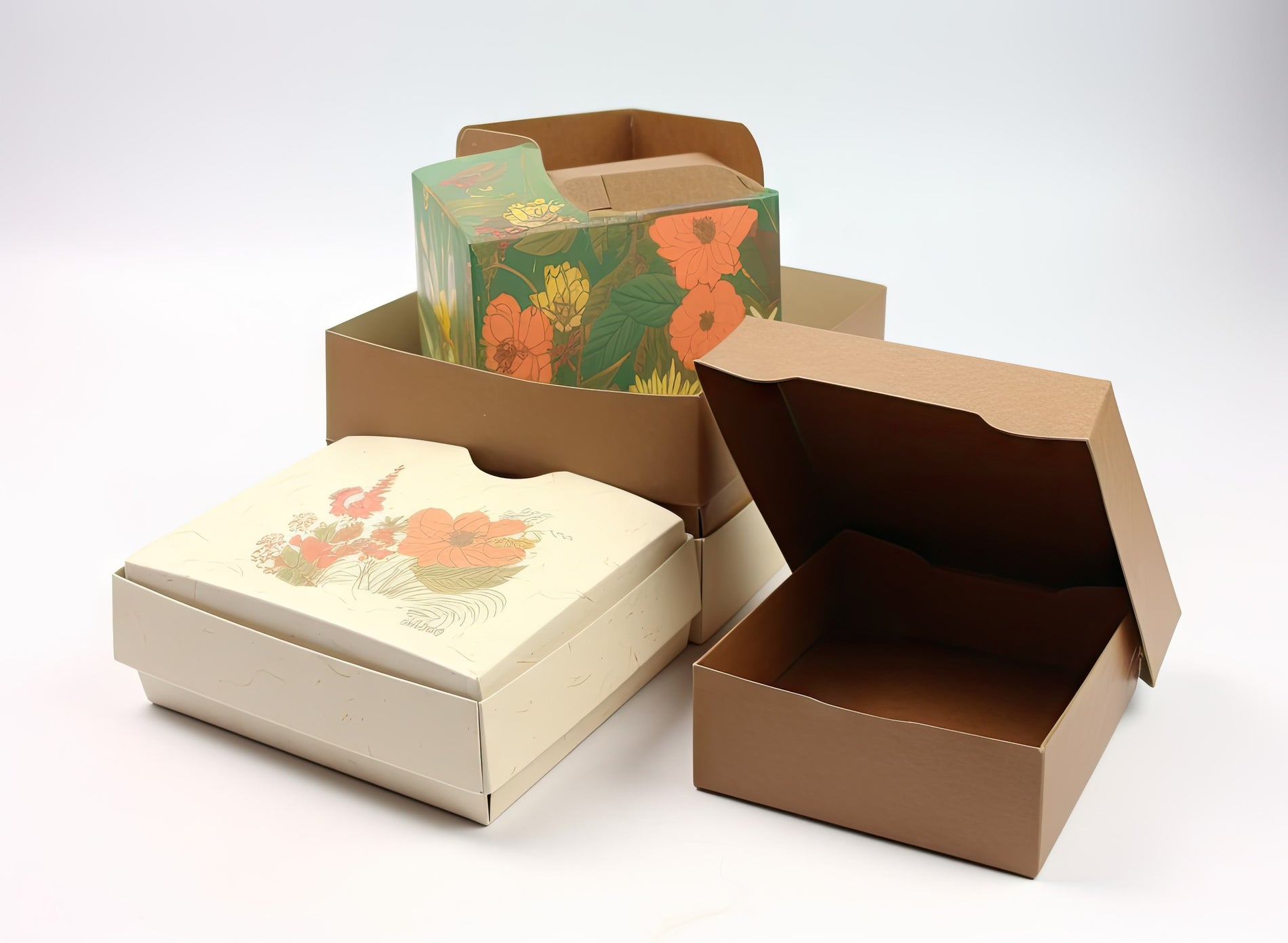Sustainable packaging are fundamental for brands aiming to go green. Even so, creating these storage solutions may seem like a rather daunting task for business owners. Fortunately, advancements in sustainable custom packaging production have made this process much easier. This has allowed brands to build green packaging solutions that underline their sustainability goals and resonate with eco-conscious consumers.
Apart from it’s incredible benefits to Mother Nature, these packaging products have also emerged as an excellent way to improve profit margins for businesses. Governments have begun offering tax incentives for brands that uphold eco-friendly business practices. As such, companies that prioritize packaging sustainability are likely to reap significant fiscal benefits.
Principles of Sustainable Packaging Design
Reduce
A fundamental objective of eco-friendly packaging design is using less material. This includes crafting products that conserve resources, reduce waste, and have a lower environmental impact. Emphasizing lighter designs, clever shapes, and efficient material use plays a big role in achieving this objective.
Reuse
Reusable packaging is all about being eco-friendly by allowing multiple uses before disposal. This includes storage products that you can return and packaging that serves various purposes. It’s a smart way to lessen waste and promote a circular packaging economy.
Recycle
Recyclable packaging is made of materials that can be reprocessed into new storage products. You should use materials that are easy to process, like cardboard, when making these storage items. Moreover, it’s also crucial to avoid mixing several raw materials and ensure to add clear labels to assist consumers with proper disposal.
Biodegradable/Compostable
Biodegradable packaging naturally decomposes in the environment. Compostable packaging takes it a notch higher by turning it into nutrient-packed compost that can boost soil health. These options offer an excellent green alternative to regular plastics.
How to Make Custom Packaging More Recyclable and Reusable
Use Sustainable Raw Materials
Choosing sustainable raw materials can really cut down on your impact on the environment. They can break down much faster than plastics. This includes organic materials like hemp, recycled cotton, and palm leaves.
Reduce waste
Packaging generally plays two key roles: keeping the product safe during its journey to the buyer and making it visually appealing. If packaging fails at either of these, both it and the product could end up discarded without being utilized. That’s why we should focus on creating packaging that’s not only practical but also eye-catching. Doing this allows the product and packaging to be picked up and used before expiring, which reduces waste.
Design Packaging for Recycling
It’s crucial to consider recycling when designing your packaging. Be sure to select raw materials that can easily be recycled. Similarly, you should avoid using any inks, coatings, or adhesives that might contaminate the recycling system. Plus, ensure you add clear labels that show consumers how to properly dispose of the packaging.
Design packaging for reuse
You should also consider creating storage solutions that are easy to reuse or repurpose. This can include refillable containers, packaging items that can serve a different purpose once opened, or sturdy containers that can be used over and over. Similarly, encouraging packaging reuse by providing incentives can help inspire consumers to return or reuse their packaging.
Examples of Sustainable Packaging Solutions
The Coca-Cola PlantBottle
An excellent example of a brand implementing sustainable packaging is Coca-Cola’s introduction of its innovative PlantBottle packaging. It’s made with up to 30% plant-based materials, mostly from sugarcane and renewable sources. Even so, it still preserves the strong recycling features of traditional recyclable plastics. This ensures it can be recycled through the current PET recycling systems.
Since it first hit the market, PlantBottle has helped cut down millions of tons of emissions. Not only does this demonstrate Coca-Cola’s commitment to environmental conservation but it also reflects a broader movement within the industry towards more sustainable practices.
Monday’s Child
Another excellent example of brands embracing waste reduction packaging is the repurposing of storage items by Monday’s Child. The brand has come up with a super cool way to package their kids’ clothes. Once you pull out the dress, the box can be transformed into a dollhouse.
This neat idea not only brings joy to customers but also encourages reusing, which helps keep waste to a minimum. Similarly, it also improves the consumer experience. In turn, this has enhanced customer loyalty and generally improved sales.
Bottom Line
Sustainable packaging design is super important in today’s product development scene. It tackles environmental, economic, and social issues all at once. By focusing on cutting down materials, encouraging reuse and recycling, and opting for renewable and biodegradable resources, companies can create packaging that’s good for the Earth and their business. With more consumers wanting eco-friendly options, going for sustainable packaging not only checks off regulatory boxes but also boosts brand image and keeps customers coming back.



















